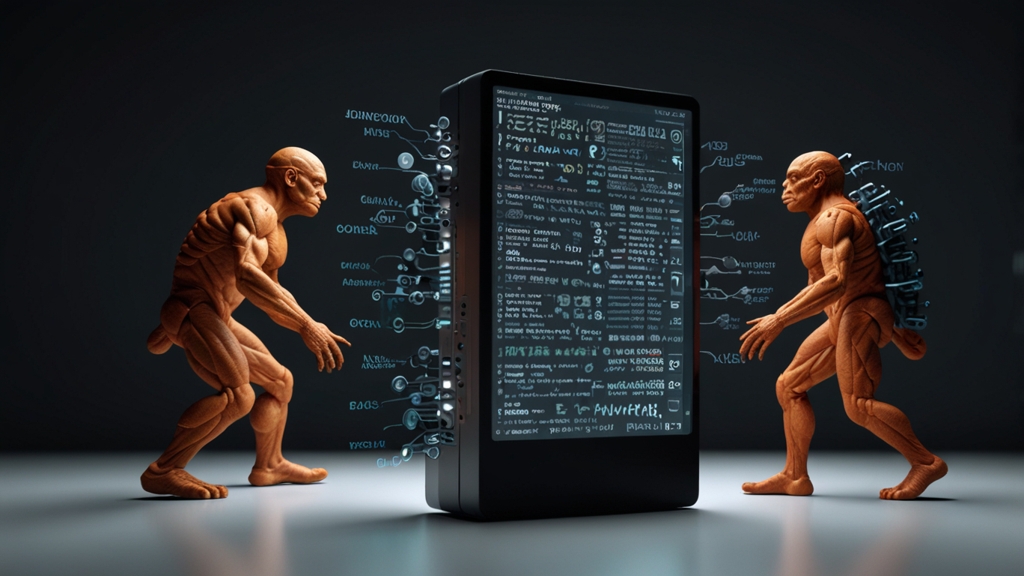How Cryptography Empowers Activists in Repressive Regimes
In many parts of the world, speaking out against the government is not just frowned upon; it’s dangerous. For activists in repressive regimes, the tools of the digital age can be both a boon and a bane. Cryptography, the science of encoding and decoding information, plays a crucial role in protecting these activists from surveillance, harassment, and potential imprisonment. By ensuring the confidentiality, integrity, and authenticity of their communications, cryptographic methods empower activists to continue their work even in hostile environments.
Ensuring Confidential Communication
One of the primary ways cryptography aids activists is by securing their communications. Encrypted messaging apps like Signal and Telegram use end-to-end encryption to ensure that only the intended recipient can read the messages. This prevents oppressive governments from intercepting and reading private conversations. The importance of this level of security cannot be overstated, as even a small leak of information can have severe consequences.
"Encryption is a fundamental protection for a free society, particularly for those who may speak unpopular views, be activists, or defend the rights of the vulnerable," says David Kaye, former United Nations Special Rapporteur on the promotion and protection of the right to freedom of opinion and expression.
With encryption, activists can share strategies, document abuses, and coordinate activities without fear of their communications being compromised. This level of security is especially vital for those working in isolation, where even small communities of resistance can be quickly dismantled by authoritarian regimes.
Protecting Personal Identity
Beyond securing communications, cryptography also helps in protecting the personal identities of activists. Tools such as Tor allow users to browse the internet anonymously, making it difficult for authorities to trace their activities back to them. This is critical for both the psychological safety and the physical well-being of the activists.
Pseudonymous communication methods where digital signatures and encryption protocols verify the sender's identity without revealing their actual name also provide a layer of protection. By removing personal identifiers, activists can contribute to forums, report incidents, and coordinate efforts without risking their lives.
As Edward Snowden once said, "Arguing that you don't care about the right to privacy because you have nothing to hide is no different than saying you don't care about free speech because you have nothing to say."
Such protective measures can foster a sense of empowerment and security, encouraging more people to stand up and resist repressive forces.
Facilitating Secure Funding and Donations
Funding is often the lifeblood of any movement, especially for those seeking to challenge powerful entities. Cryptography, particularly in the form of cryptocurrencies like Bitcoin, enables activists to receive funding without it being easily traced. Traditional banking systems can be subjected to oversight and control by oppressive regimes, thereby restricting the financial lifelines of activist groups. Cryptocurrencies offer a decentralized, less controllable means of exchanging value, providing a more secure alternative.
For instance, activists in countries like Venezuela have turned to Bitcoin to bypass government-controlled financial restrictions. This form of financial freedom allows them to continue their efforts, whether it be printing materials, organizing protests, or aiding those in need.
The Limits and Challenges of Cryptographic Tools
While cryptographic tools offer a range of protections, they are not without their limitations and challenges. The very same tools that protect activists can also be used by criminal organizations, leading to increased scrutiny and potential regulation. Moreover, the tech-savviness required to effectively use these tools presents a barrier; not everyone has the requisite knowledge or skills to make use of advanced cryptographic solutions.
Additionally, even the best cryptographic tools can be undermined by human error. For instance, if an activist inadvertently shares their encryption key or uses a compromised device, their encrypted communications can still be exposed. Thus, ongoing education and training are crucial to maximally benefit from these powerful tools.
Conclusion
Cryptography stands as a beacon of hope and a line of defense for activists operating under repressive regimes. By ensuring secure communications, protecting personal identities, and facilitating secure funding, it provides tools necessary for sustaining resistance. However, activists must also be aware of the limitations and continuously educate themselves to make the most of these technologies. Armed with the power of cryptography, they stand a better chance to fight for justice, equality, and freedom, even in the direst of circumstances.










